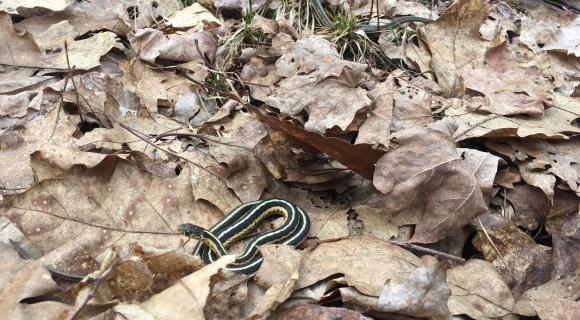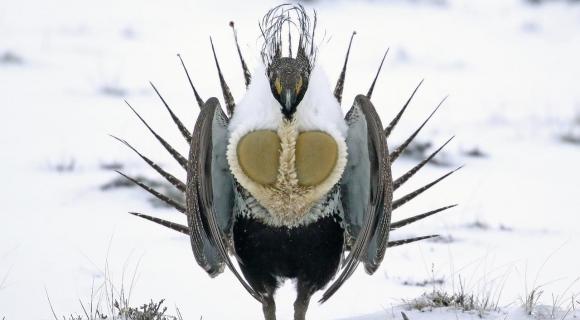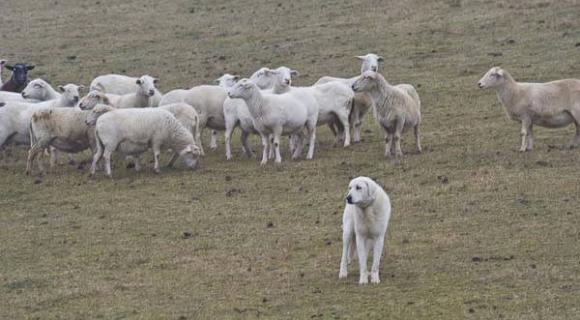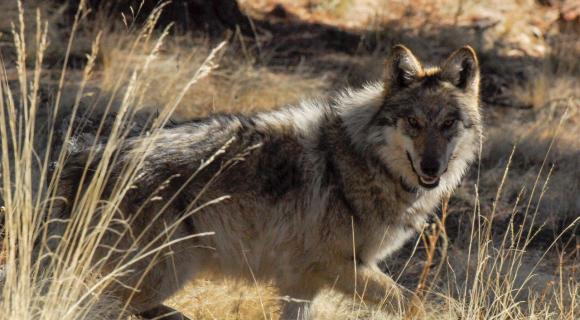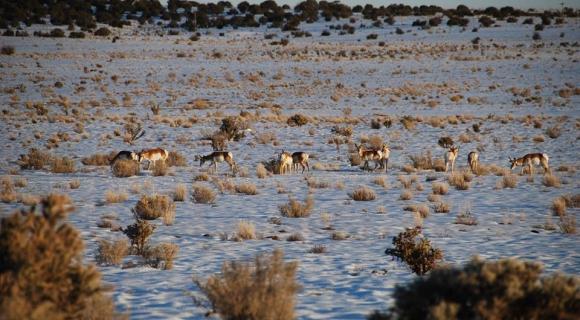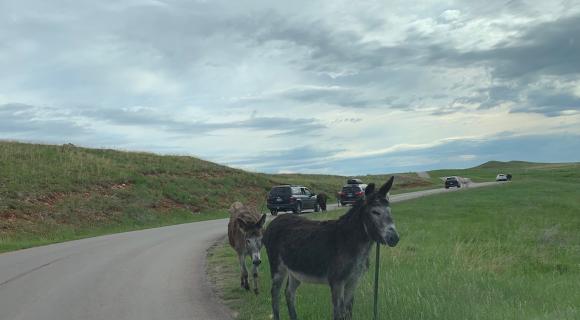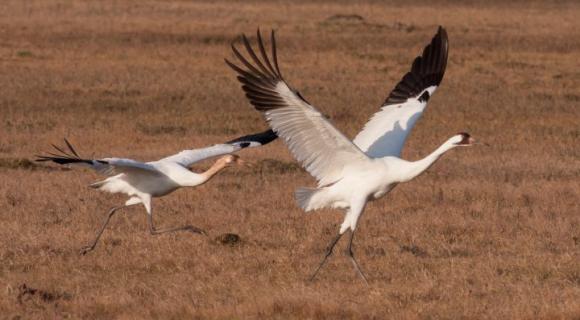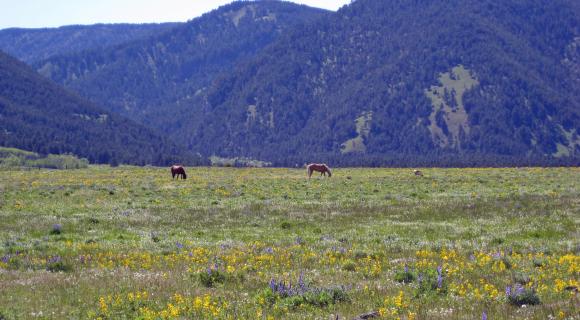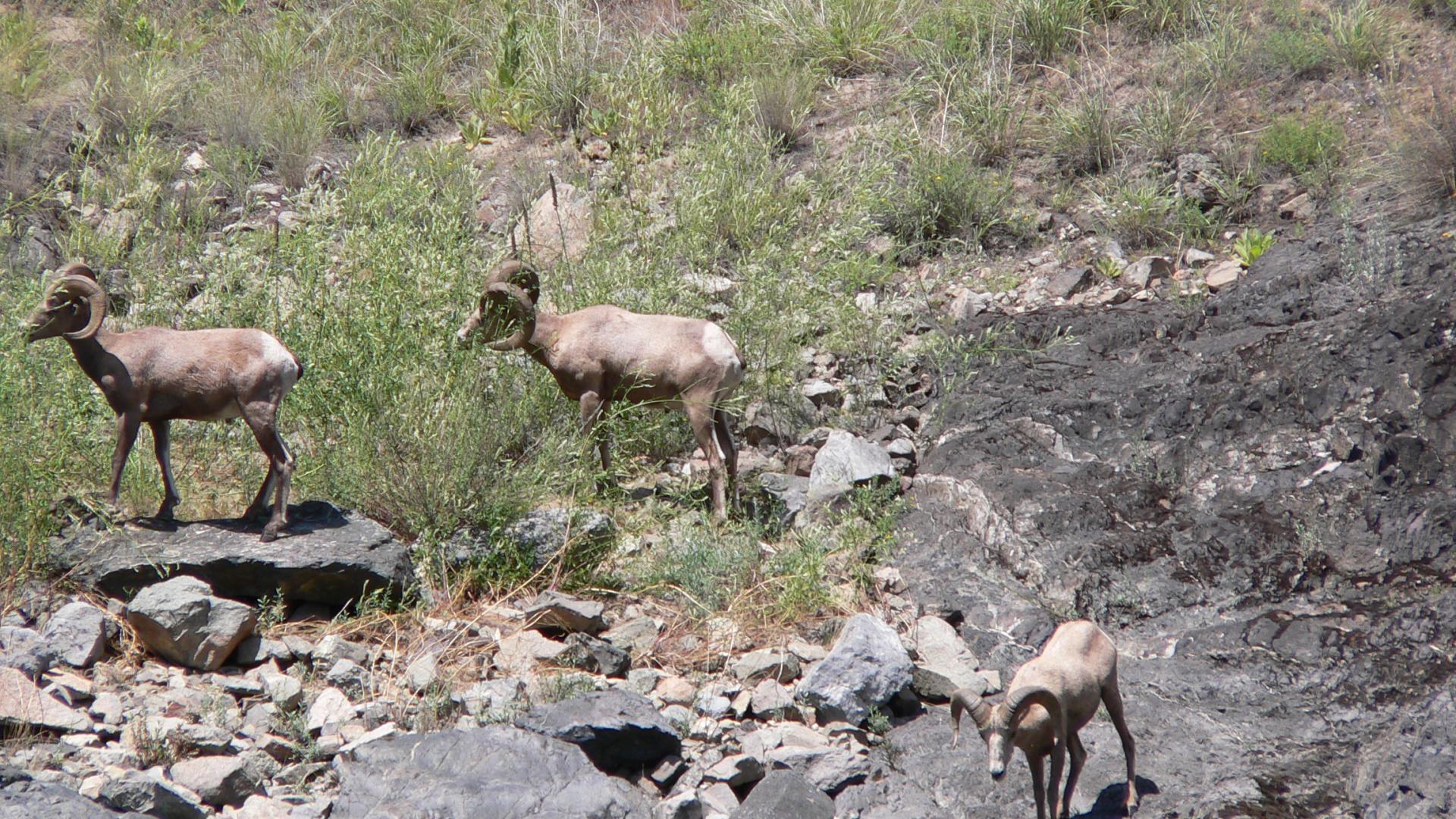
- Body
Western rangelands provide habitat for over 3,000 species of mammals, birds, reptiles, fish, and amphibians, some found exclusively on these lands. This biodiversity resource inspires awe and spiritual renewal for some while providing hunting opportunities for others. We all depend on biodiversity to perform key ecological services such as nutrient cycling and soil formation. Today, human population growth in the West and its associated activities threatens the viability of many rangeland species. Some on the brink of extinction are now federally protected with threatened or endangered status. In addition, Humans and wildlife increasingly come into contact, disrupting the living patterns of both. Here we profile some of the main species found on Western rangelands, discuss the jurisdictional issues involved in their management, and present some of the key issues concerning listed species, wildlife-livestock interactions, and animal damage control.
Featured Resources From the Database
- Journal Issue/Article
This material was digitized as part of a cooperative project between the Society for Range Management and the University of Arizona Libraries. The Journal of Range Management…
Additional Links
- Animal Diversity Web: University of Michigan Museum of Zoology. An online database of animal natural history, distribution, classification, and conservation biology.
- Conservation Reserve Enhancement Program: A voluntary program for agricultural landowners. Unique state and federal partnerships allow you to receive incentive payments for installing specific conservation practices. Through the CREP, farmers can receive annual rental payments and cost-share assistance to establish long-term, resource conserving covers on eligible land.
EE-Link: Environmental Education on the Internet: Provides a section on endangered species with access by U.S. Fish and Wildlife regions to information on endangered plant and animal species. - eNature.com: Online wildlife species guides, habitat guides, directory of national parks and wildlife refuges, etc. Searchable by zip code. Intended for a college educated audience with an above average income, avid hobbyists who enjoy outdoor activities, traveling, and a range of media.
- Incintives for Wildlife Enhancement on Midwestern Farms, Sept. 2000: This is part 2, the table of contents and body. Part 1 (1,550K) is the title page and acknowledgements.
- Native American Fish and Wildlife Society: Exists for the protection, preservation and enhancement of Native American fish and wildlife resources.
- Oklahoma State Cooperative Extension Forestry, Wildlife, Aquaculture: Publications, a Master Woodland Owners Program, interesting links, etc.
- Partners For Fish and Wildlife Program: voluntary habitat restoration in cooperation with private landowners.
- Predator FAQ: A page on coyotes written primarily for small producers and hobby farms, from a sheep farmer's position on predators. Includes coyotes, wolves, bears, dogs, and more. Covers when and how the various predators kill, fences, possible compensation, and guard animals. Seems well-written, not fanatical.
